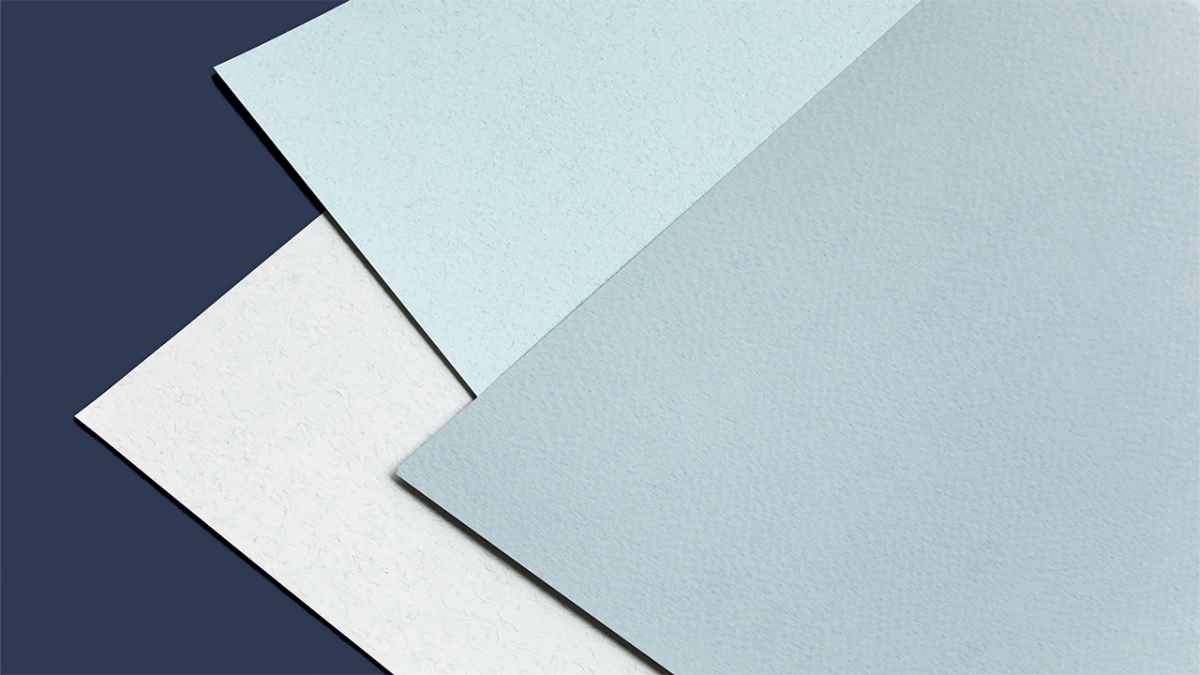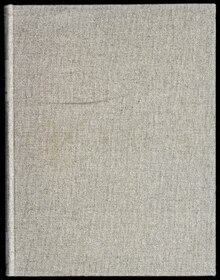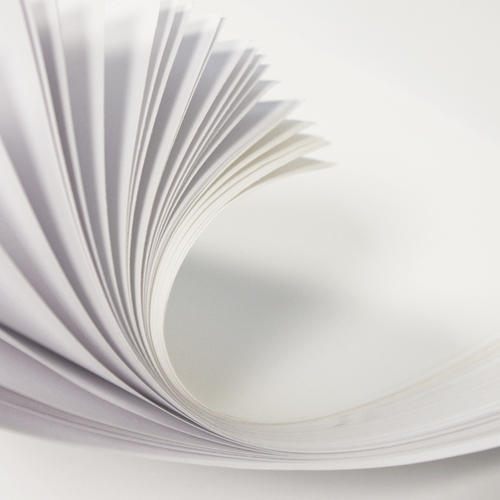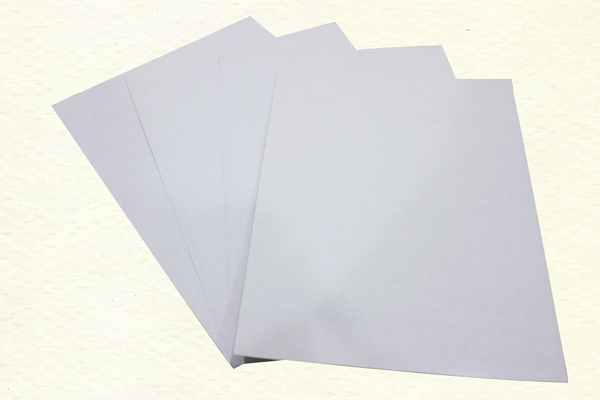Woodfree Paper Types: What Makes Them Sustainable?
Woodfree Paper Types
Introduction to Woodfree Paper
Woodfree paper is a type of paper that is made by bleaching out lignin from wood pulp using chemical procedures. Lignin is a substance that gives wood its color and makes it rigid. By removing lignin, woodfree paper becomes more durable, long-lasting, and less prone to yellowing over time.
The manufacturing process of woodfree paper involves chemically treating the wood pulp to remove impurities, such as lignin and other contaminants. This process results in a cleaner, whiter, and smoother paper surface. Woodfree paper is available in a variety of finishes, including gloss, silk, matte, and uncoated. These finishes provide different textures and levels of sheen to meet various project requirements.
Types of Woodfree Paper Finishes
Woodfree paper is available in different finishes, each with its own unique characteristics and uses. Let’s explore the differences between gloss, silk, matte, and uncoated finishes:
- Gloss finish: Woodfree paper with a gloss finish has a shiny and reflective surface. This finish enhances the vibrancy and depth of colors, making it suitable for projects that require high impact visuals. Glossy woodfree paper is commonly used for premium printing projects such as annual reports, brochures, and marketing materials.
- Silk finish: Woodfree paper with a silk finish has a smooth and slightly reflective surface. It offers a balance between the vibrant colors of the gloss finish and the textured look of the matte finish. Silk woodfree paper is often used for magazines, catalogs, and promotional materials.
- Matte finish: Woodfree paper with a matte finish has a non-reflective surface with a slight texture. It gives a sophisticated and elegant look to printed materials. Matte woodfree paper is commonly used for books, manuals, and documents that require a more professional and subdued tone.
- Uncoated finish: Woodfree paper with an uncoated finish has a rough, natural texture. It provides a tactile and organic feel to printed materials. Uncoated woodfree paper is often used for writing, stationery, and projects where a natural and handwritten look is desired.
Best Applications for Woodfree Paper
Woodfree paper has various applications due to its enhanced durability and quality. Here are some scenarios where woodfree paper is recommended:
- Art: Woodfree paper is a preferred choice for art projects due to its smooth surface and high opacity. It allows for precise and vibrant color reproduction, making it ideal for paintings, drawings, and mixed media artworks.
- Archiving: Woodfree paper is highly recommended for archiving and preserving important documents. Its durability ensures long-term storage without significant yellowing or deterioration. Important records, historical documents, and artifacts are often stored on woodfree paper to ensure their longevity.
- Premium printing projects: Woodfree paper is commonly used for premium printing projects such as annual reports, brochures, and marketing materials. The high quality and professional appearance of woodfree paper enhance the impact of these materials and leave a lasting impression on readers.
Recommended Woodfree Paper Types for Specific Projects
In addition to the general types of woodfree paper, there are specific brands and types that cater to different project requirements. Here are some recommended woodfree paper types:
| Paper Type | Recommended Projects |
|---|---|
| Xerox Premium Digital Carbonless Paper | Invoices, receipts, delivery notes |
| Heaven 42 paper | Photo books, art books |
| Gloss Art Paper | Projects requiring vivid and eye-catching visuals |
| Matte Art Paper | High-end prints with a more subdued and sophisticated look |
Choosing the Right Woodfree Paper for Different Applications
When choosing the right woodfree paper for different applications, factors such as texture, color, weight, and intended use should be considered. Here are some specific woodfree paper types suited for various applications:
| Paper Type | Suitable Applications |
|---|---|
| Maxisatin | Brochures, magazines, promotional materials |
| EOS paper | Books, journals |
| Woodfree Offset paper | Theses, textbooks, agendas |
| Kraft Paper | Shopping bags, envelopes, food packaging |
Printing Techniques and Paper Quality
The choice of woodfree paper depends on the printing technique used. Different printing techniques require different paper properties to achieve optimal results. Here are some key considerations:
| Printing Technique | Suitable Paper Quality |
|---|---|
| Offset printing | High-quality, durable paper |
| Digital printing | Smooth surface for precise ink distribution |
| Inkjet printing | Exceptional clarity, sharpness, and color saturation |
Environmental Impact and Sustainability of Woodfree Paper
Woodfree paper has a lower environmental impact compared to traditional paper due to the absence of wood fibers in its composition. Here are some key points regarding the environmental impact and sustainability of woodfree paper:
- The absence of wood fibers in woodfree paper reduces the need for tree felling, making it a more eco-friendly choice.
- The manufacturing process of woodfree paper incorporates sustainability practices, such as using chemical bleaching to remove lignin and other impurities without degrading the quality of the paper.
- Woodfree paper is often made from pulp sourced from sustainably managed forests, further contributing to its eco-friendly nature.
- The durability and longevity of woodfree paper reduce the need for frequent reprints and replacements, thus minimizing waste.
In conclusion, woodfree paper is a versatile and sustainable option for various printing projects. Its smooth and durable characteristics make it ideal for art, archiving, and premium printing projects. With different finishes and types available, woodfree paper offers a wide range of options to meet specific project requirements. Whether you’re creating photo books, brochures, or important archival documents, woodfree paper provides the quality and longevity necessary for optimal results.
FAQs about Woodfree Paper Types
What is the equation for calculating Precision and Recall in an NLP context?
In NLP, Precision is calculated as tp/(tp+fp), and Recall is calculated as tp/(tp+fn), where tp represents the number of shared tokens between the correct answer and the prediction, fp is the number of tokens in the prediction but not in the correct answer, and fn is the number of tokens in the correct answer but not in the prediction.
How are different types of Woodfree Paper finishes distinguished from each other?
Gloss finish, Silk finish, Matte finish, and Uncoated finish are the different types of Woodfree Paper finishes, each with unique characteristics and uses.
What are some recommended Woodfree Paper types for specific projects?
Xerox Premium Digital Carbonless Paper, Heaven 42 paper, Gloss Art Paper, and Matte Art Paper are some recommended Woodfree Paper types for specific projects based on their characteristics and applications.
How does the choice of Woodfree Paper impact various printing techniques?
Woodfree Paper performs well with Offset printing, Digital printing, and Inkjet printing due to its smooth surface, durability, and high print quality.
Why is Woodfree Paper considered a sustainable option for printing projects?
Woodfree Paper is considered more sustainable than traditional paper due to its manufacturing process that incorporates sustainability practices, such as using chemical bleaching to remove impurities without degrading quality, and being sourced from sustainably managed forests.
Woodfree paper is sustainable, with various finishes and applications for printing projects. Gloss, silk, matte, and uncoated finishes cater to different needs. It’s ideal for art, archiving, and premium printing like annual reports. Specific types like Xerox Premium Digital Paper and Matte Art Paper offer distinct advantages. Choosing the right woodfree paper depends on printing technique and application. Its environmental impact is low due to sustainability practices. Woodfree paper remains an eco-friendly option for conscious printing choices.





